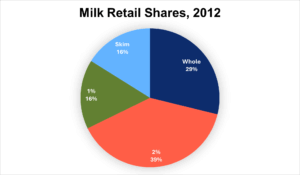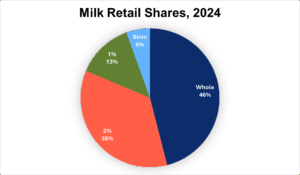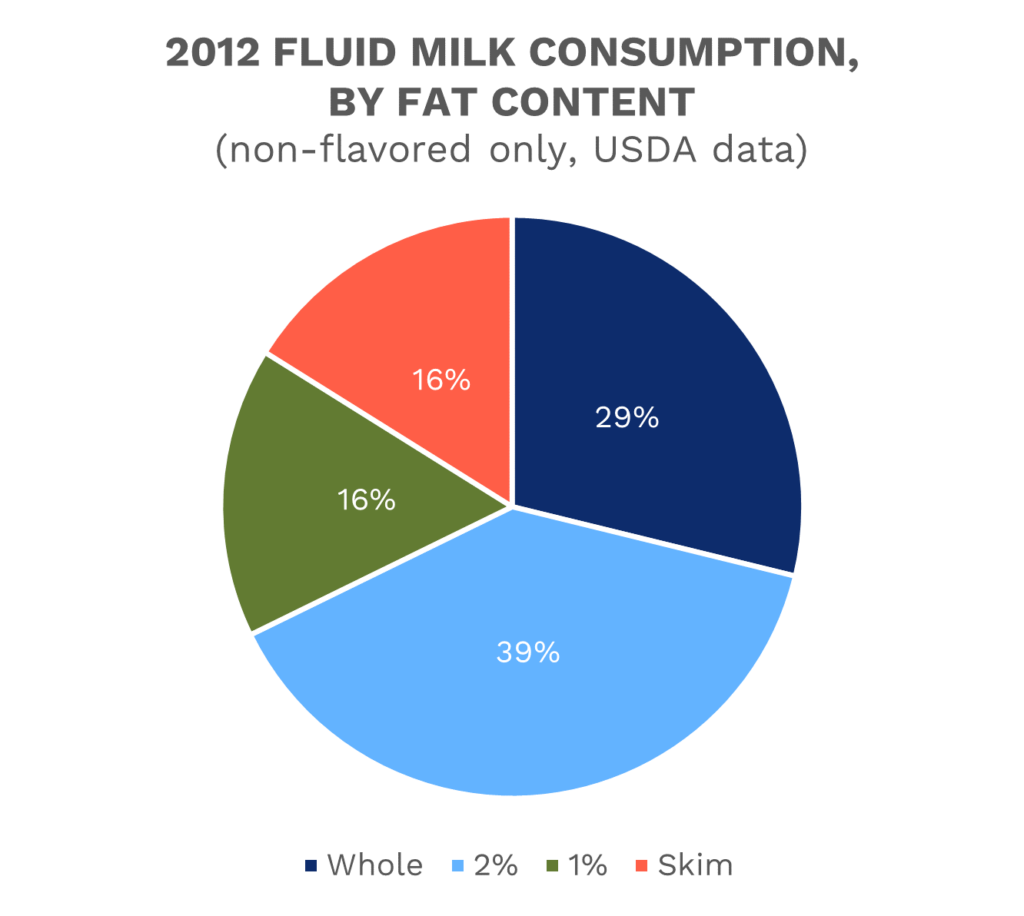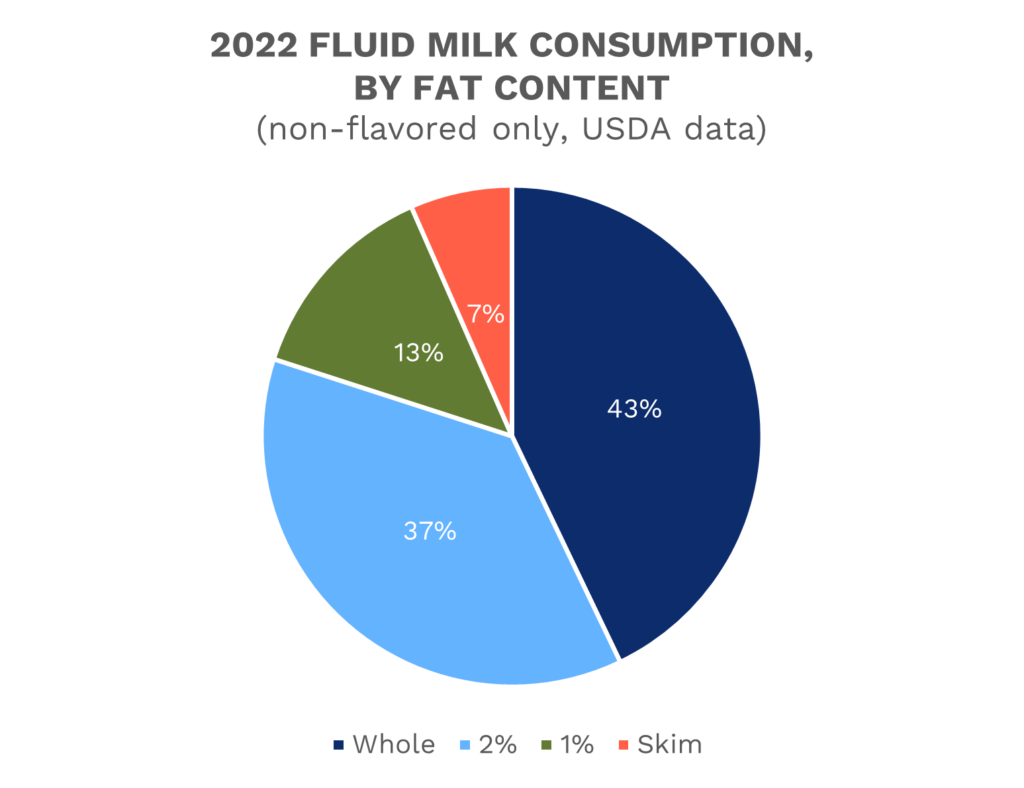Years of legislative effort ended with victory for schoolchildren, dairy farmers and their cooperatives as Congress passed and a presidential signature is imminent for the Whole Milk for Healthy Kids Act, a landmark restoration of choice in school meals.
The legislation gives schools the option of serving whole and 2% milk varieties in federally funded programs, returning fuller-fat varieties that had been left out of lunches since federal rules in 2012 pushed them out. Overwhelming congressional support, backed by newer nutrition science and pro-milk public sentiment, made legislation once considered aspirational a reality for dairy.
“It’s hard to overstate the significance of congressional passage of the Whole Milk for Healthy Kids Act, not only because it represents major progress in improving the nourishment of American schoolkids, but also because of what it says about how persistent, long-term effort can still bring bipartisan success in Congress,” NMPF President & CEO Gregg Doud said in a statement.
“Since 2012, when federal nutrition rules took whole and 2% milk out of school meals programs, dairy farmers and their cooperatives have pointed out the flaws in that decision, which wasn’t aligned with consumer choice. What was true then became even more true in years to come, as newer research consistently showed the value of milk at all fat levels and consumers moved even further toward fuller-fat varieties in their purchases.
“And now the day has arrived. We thank Chairman Glenn “GT” Thompson of Pennsylvania and Representative Kim Schrier of Washington for their critical roles in championing the most recent version of this important legislation to the finish line and the many other congressional leaders who preceded them in their efforts to protect access to nutritious milk in schools. Dairy doesn’t succeed without tireless advocates on Capitol Hill, and it’s been an honor to work with these members and their staff in this effort.
NMPF led the way in congressional lobbying, with Executive Vice President Paul Bleiberg’s efforts singled out in Senate and House floor speeches backing the measure. NMPF has approached the issue on multiple fronts. From working with senators and House members to meeting with USDA to filing regulatory comments, NMPF worked to successfully reinstate 1% flavored milk in school meal programs in 2022, setting the stage for further advances in whole milk.
The legislative lift complete, the next step will be USDA implementation, as dairy cooperatives prepare to supply schools with whole milk. NMPF will be monitoring developments closely and keeping members in the loop as whole and 2% milk returns to school meals. Meanwhile, the organization eagerly implements the announcement of new Dietary Guidelines for Americans, which also is expected to support dairy at all fat levels.










